After 10 years of work, landmark study reveals new ‘tree of life’ for all birds living today
The results of a ten-year study, published today in Nature will come as a huge disappointment for any creationists who find the courage to read it (and who have the ability to understand what they're reading - which for creationists is probably asking too much.
Those still under the delusion that mainstream biologists are abandoning the TOE in favour of creationism with its magic and a suppositional supernatural entity, will be especially disappointed. Not only does it show birds have been around for very much longer than creationists believe the universe has been it also shows that the team of scientists are firmly committed to the Theory of Evolution as the only scientific explanation for biodiversity.
Two of the biologists who co-authored the paper along with a large international team of biologists, Jacqueline Nguyen, Scientific Officer in Ornithology, Australian Museum, and ARC DECRA Fellow, Flinders University and Simon Ho, Professor of Molecular Evolution, School of Life and Environmental Sciences, University of Sydney, have described their findings in an article in The Conversation. Their article is reprinted here under a Creative Commons license, reformatted for stylistic consistency:

After 10 years of work, landmark study reveals new ‘tree of life’ for all birds living today
Jacqueline Nguyen, Flinders University and Simon Ho, University of SydneyThe largest-ever study of bird genomes has produced a remarkably clear picture of the bird family tree. Published in the journal Nature today, our study shows that most of the modern groups of birds first appeared within 5 million years after the extinction of the dinosaurs.
Birds are a large part of our lives, a sign of nature even in cities. They are popular among the general public and well studied by scientists. But placing all of these birds into a family tree has been frustratingly difficult.
By analysing the genomes of more than 360 bird species, our study has identified the fundamental relationships among the major groups of living birds.
The new family tree overturns some previous ideas about bird relationships, while also revealing some new groupings.
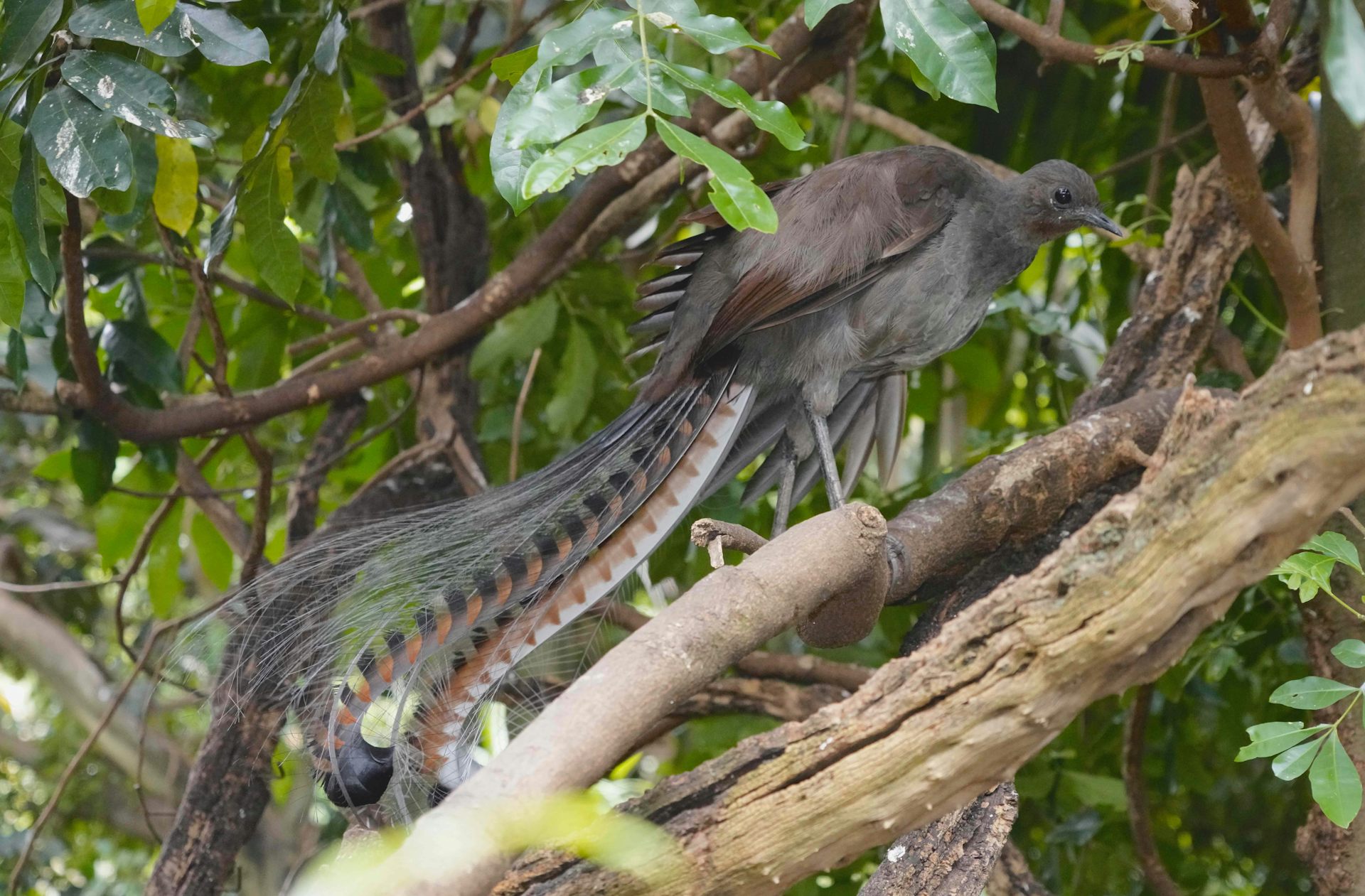
The superb lyrebird is one of the most talented songbirds.
Michael Lee, Flinders University and South Australian Museum.
Previous studies showed the bird family tree has three major branches. The first branch contains the tinamous and ratites, which include flightless birds such as the emu, kiwi and ostrich.
The second branch holds the landfowl and waterfowl – chickens, ducks and so on. All other birds sit on the third branch, known as the Neoaves, which include 95% of bird species.
The Neoaves branch includes ten groups of birds. Most of these are what biologists have named the “Magnificent Seven”: landbirds, waterbirds, tropicbirds, cuckoos, nightjars, doves and flamingos. The other three groups are known as the “orphans” and include the shorebirds, cranes and hoatzin, a species from South America.
The relationships among these ten groups, especially the orphans, have been incredibly difficult to resolve. Our genome study shows a resolution is within reach.
Meet the ‘Elementaves’
Our genome study revealed a new grouping of birds we have named “Elementaves”. With a name inspired by the four ancient elements of earth, air, water and fire, this group includes birds well adapted for success on land, in the sky and in the water. Some of the birds have names relating to the sun, representing the element of fire. The Elementaves group includes hummingbirds, shorebirds, cranes, penguins and pelicans.
Our study also confirms a close relationship between two of the most familiar groups of birds in Australia, the passerines (songbirds and relatives) and parrots. These popular birds dominate the Australian Bird of the Year polls.
Songbirds make up nearly 50% of all bird species and include birds like magpies, finches, honeyeaters and fairywrens. They had their humble beginnings in Australia about 50 million years ago, then spread across the globe to become the most successful group of birds.
When did birds really emerge?
A further goal of our study was to place a timescale on the bird family tree. We did this by modelling the evolution of genomes using a tool known as the “molecular clock”. By drawing on information from nearly 200 fossils, we were able to constrain the ages of some of the branches in the bird family tree.
Our study shows all living birds share an ancestor that lived just over 90 million years ago. But most groups of modern birds emerged about 25 million years later, within a small window of just a few million years after the end of the Cretaceous period around 66 million years ago.
This coincides with the mass extinction of dinosaurs and other organisms caused by an asteroid striking Earth. So it seems birds made the most of the opportunities that became available after these other dominant life forms were wiped out.
One mystery remains
The genome study is the product of nearly a decade of research, conducted as part of the Bird 10,000 Genomes Project. The ultimate goal of this project is to sequence the genomes of all 10,000 living bird species.
The current phase of the project focused on including species from every major group, or family, of birds. The study of these 363 genomes was a truly international effort led by researchers at the University of Copenhagen, University of California San Diego and Zhejiang University in China.
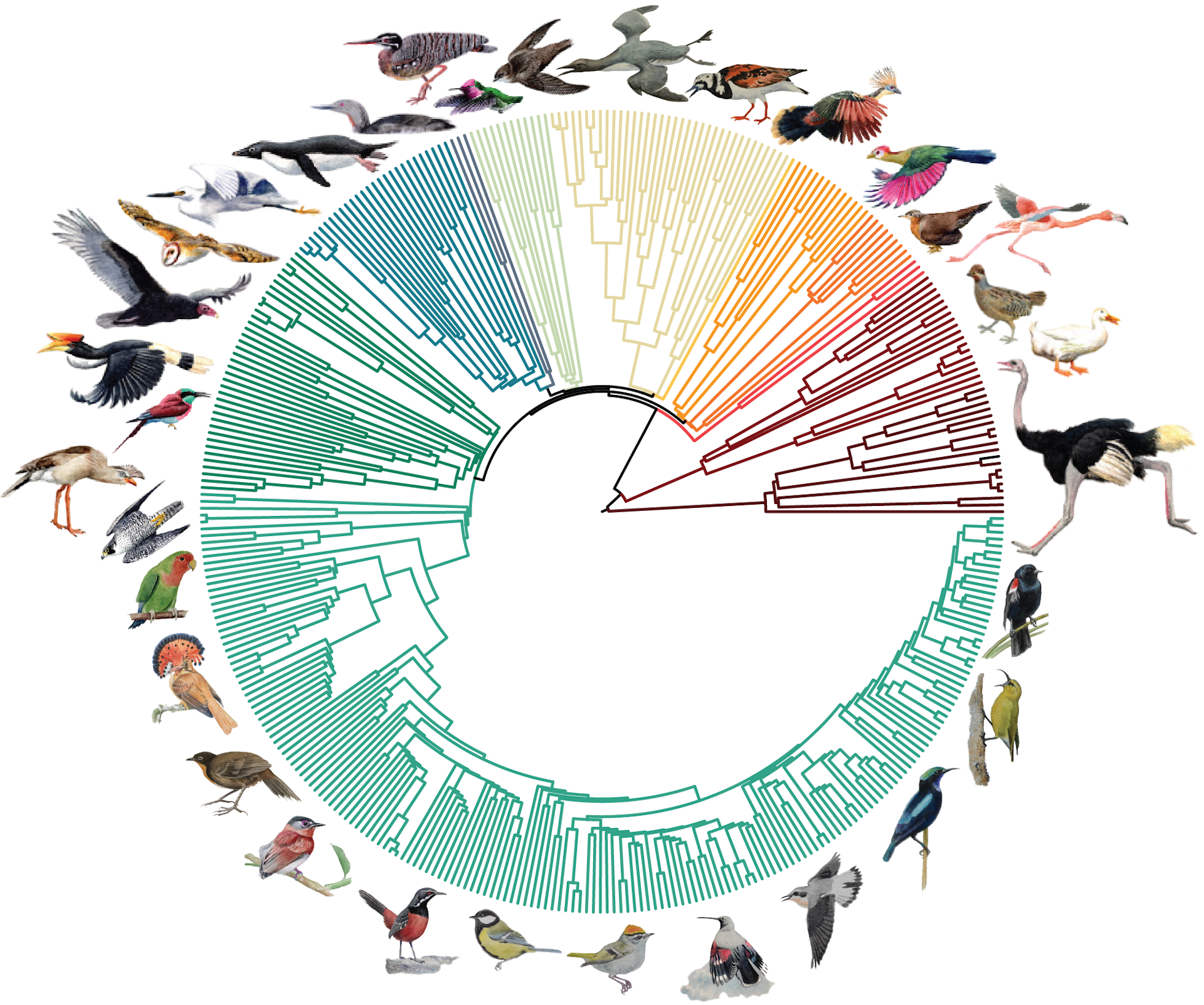
The bird tree of life, based on the genomes of 363 bird species. The major bird groups are colour-coded in the tree.
Our study shows that some relationships in the tree of life can only be determined using huge amounts of genome data. But our study also demonstrates the power of studying genomes and fossils together to understand the evolutionary history of life on Earth.
Jacqueline Nguyen, Scientific Officer in Ornithology, Australian Museum, and ARC DECRA Fellow, Flinders University and Simon Ho, Professor of Molecular Evolution, School of Life and Environmental Sciences, University of Sydney
This article is republished from The Conversation under a Creative Commons license. Read the original article.
Creationists are conditioned to think that the theory of evolution is all about fossils, so any gaps in the fossil record or evidence of periods of stasis, are a problem for evolutionary biologists and a vindication of creationist superstition. However, the evidence for evolution presented in genome studies are based entirely on the genetic evidence with no reference to the fossil record at all. The genetic evidence is much stronger evidence for the TOE than the random snapshots the fossil record provides, but Darwin knew nothing about it.
It's no coincidence that a major branch of biology, that has developed since Darwin and Wallace first proposed the TOE as an explanation for biodiversity and about which they knew nothing, has entirely vindicated and reinforced the explanation they proposed, as anyone with a grasp of the basics of biology can see. Even if no fossil had ever been found, the genetic evidence alone would be unarguable evidence for descent with modification from a common ancestor.
What Makes You So Special? From The Big Bang To You
How did you come to be here, now? This books takes you from the Big Bang to the evolution of modern humans and the history of human cultures, showing that science is an adventure of discovery and a source of limitless wonder, giving us richer and more rewarding appreciation of the phenomenal privilege of merely being alive and able to begin to understand it all.
Available in Hardcover, Paperback or ebook for Kindle
Ten Reasons To Lose Faith: And Why You Are Better Off Without It
This book explains why faith is a fallacy and serves no useful purpose other than providing an excuse for pretending to know things that are unknown. It also explains how losing faith liberates former sufferers from fear, delusion and the control of others, freeing them to see the world in a different light, to recognise the injustices that religions cause and to accept people for who they are, not which group they happened to be born in. A society based on atheist, Humanist principles would be a less divided, more inclusive, more peaceful society and one more appreciative of the one opportunity that life gives us to enjoy and wonder at the world we live in.
Available in Hardcover, Paperback or ebook for Kindle

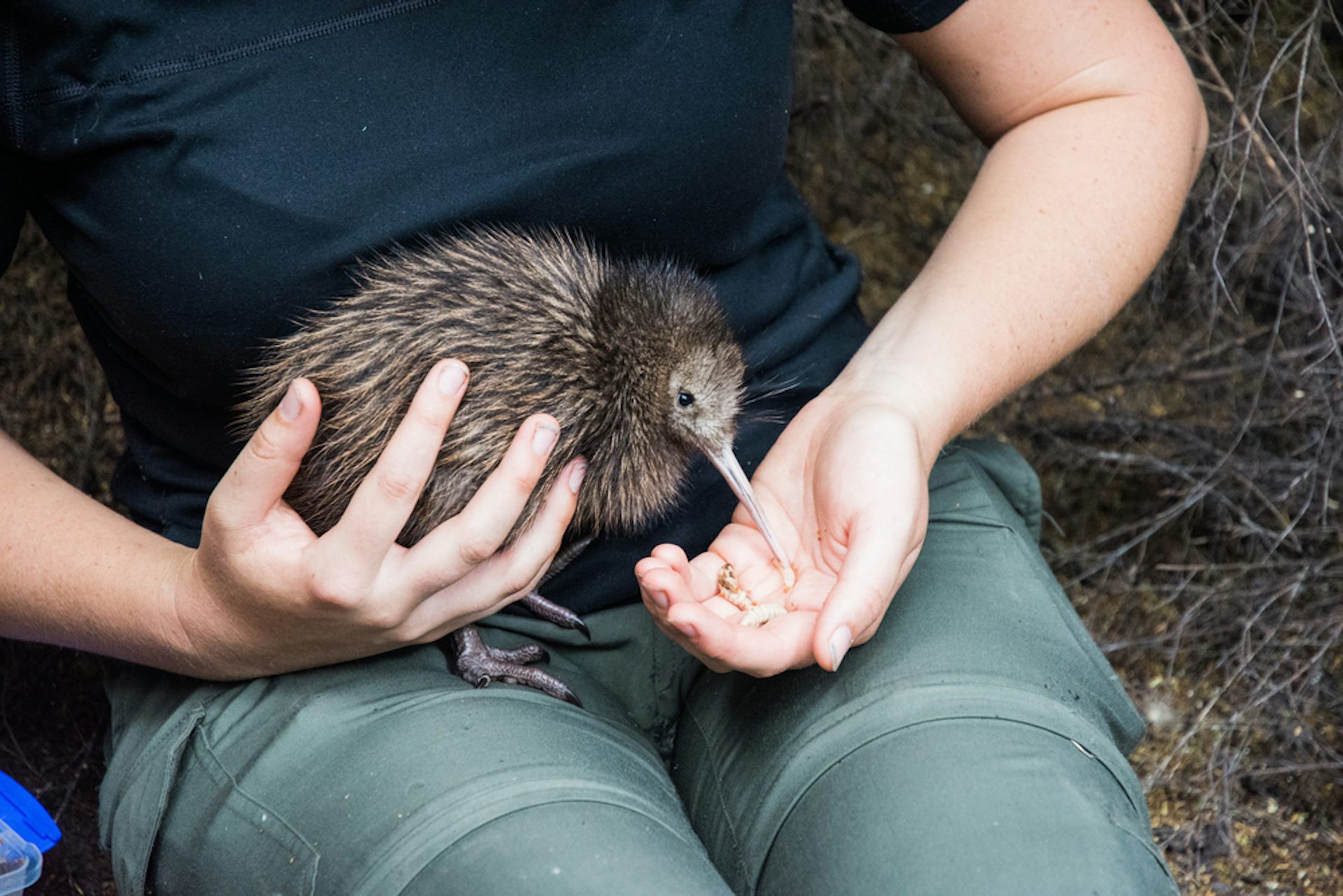
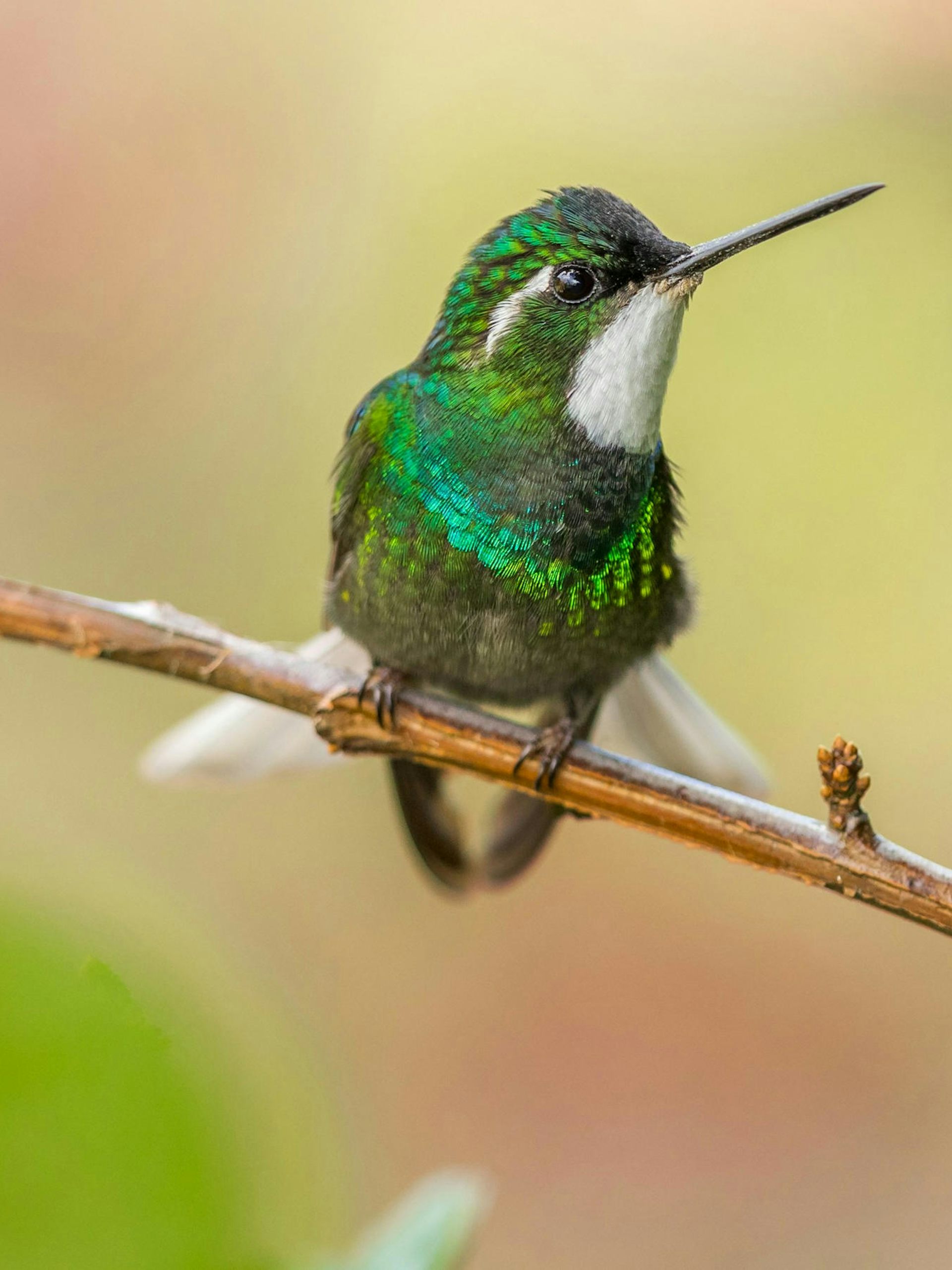
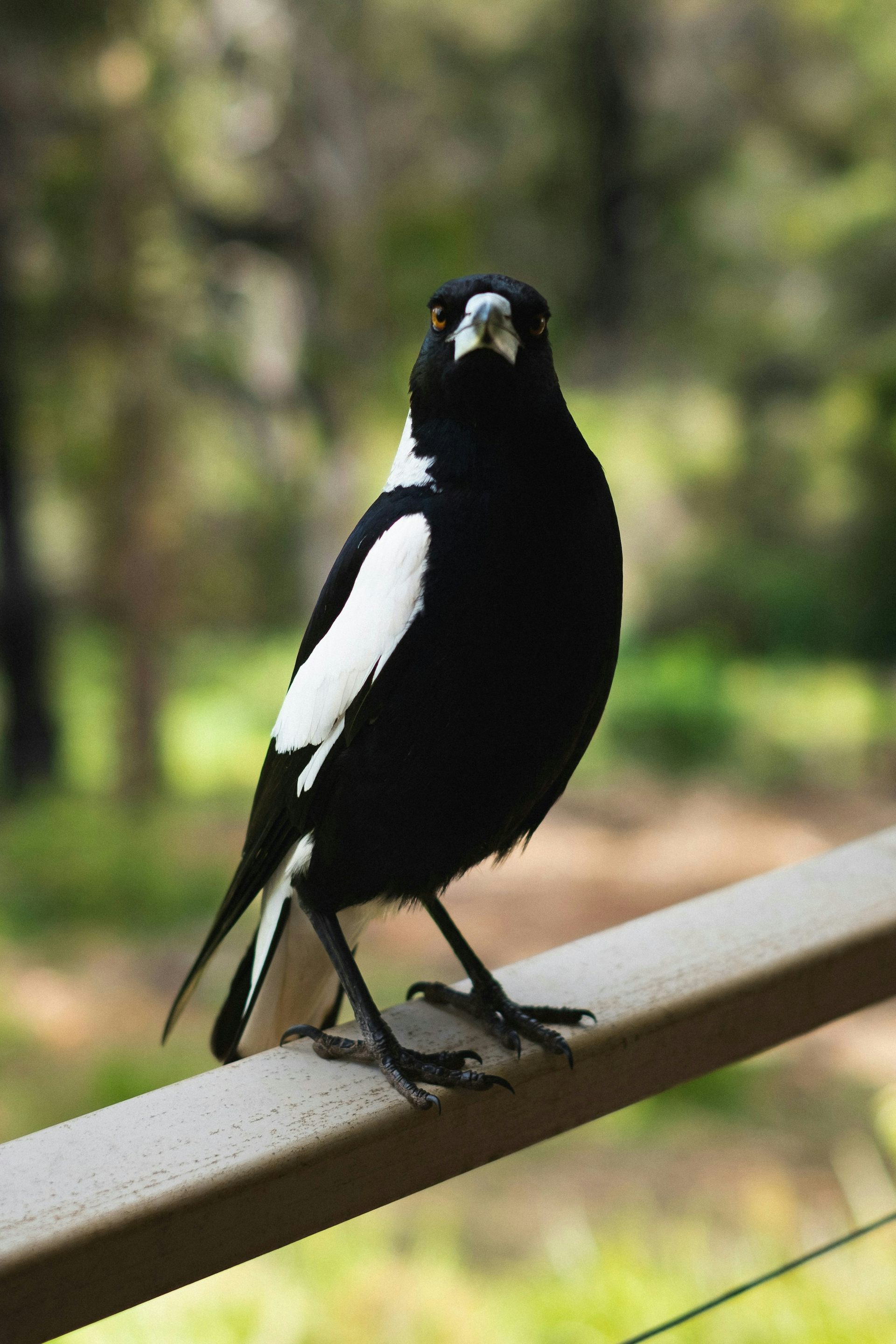
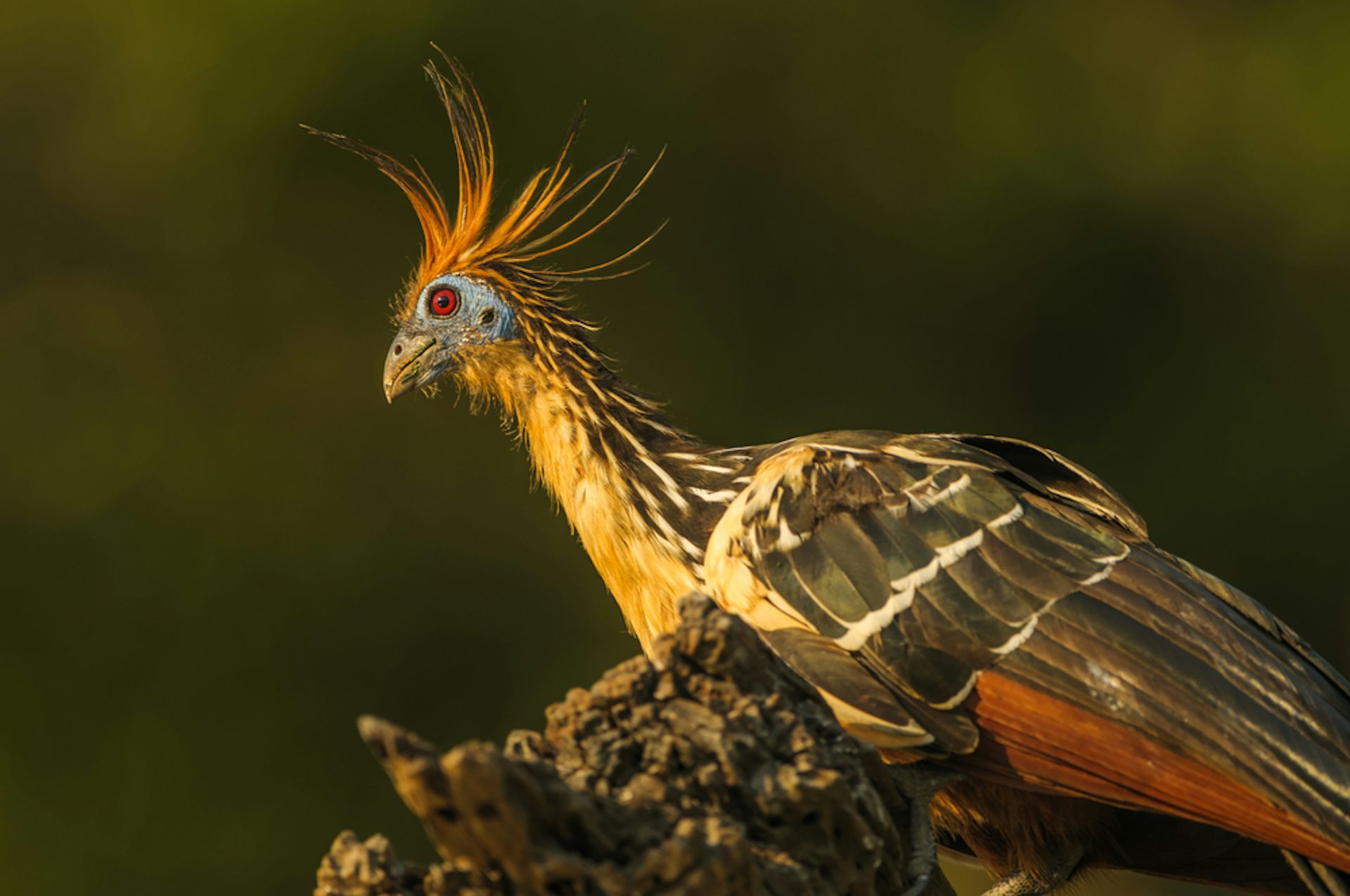





No comments :
Post a Comment
Obscene, threatening or obnoxious messages, preaching, abuse and spam will be removed, as will anything by known Internet trolls and stalkers, by known sock-puppet accounts and anything not connected with the post,
A claim made without evidence can be dismissed without evidence. Remember: your opinion is not an established fact unless corroborated.